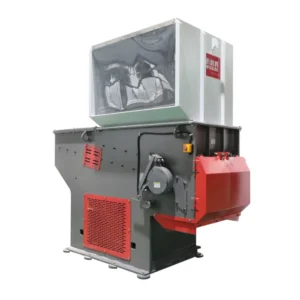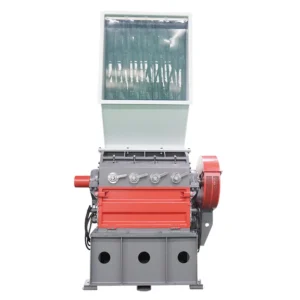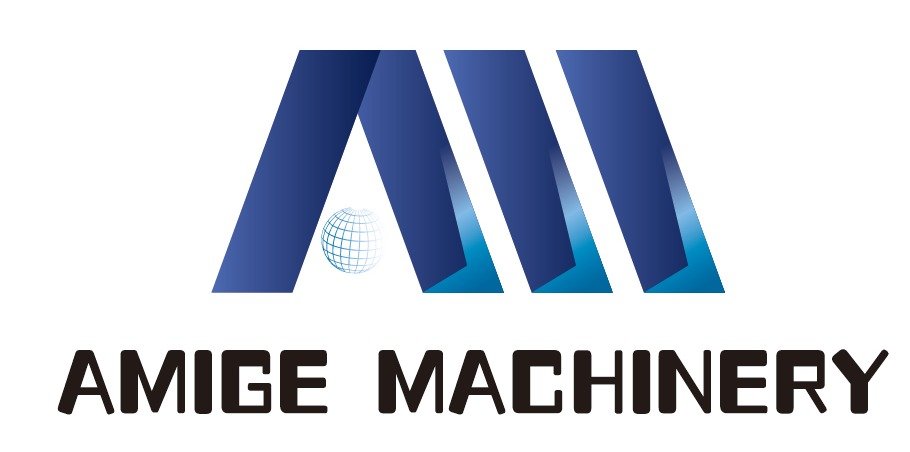# Singapore’s Zero-Waste Policy and Its Effectiveness?
Waste is a silent cost. In Singapore, with limited land and dense population, waste management became a ticking time bomb years ago. I’ve walked through factories and residential areas there, seeing bins overflow and incinerators run at full capacity. It’s stressful, expensive, and unsustainable. As the CEO of Amige, a company rooted in recycling technology, I know exactly how this feels. We’ve faced similar issues in other regions and found that zero-waste strategies can flip the story.
**The answer: Singapore’s zero-waste policy focuses on reducing waste generation, maximizing recycling, and extending landfill life through integrated regulations, public campaigns, and partnerships with industry. According to the Singapore Zero Waste Strategy Report, this policy has significantly reduced household waste and increased recycling rates in key sectors over the past five years.
But the story doesn’t end there. Stick with me and you’ll see how this policy works in practice and what lessons it holds for anyone serious about waste reduction.


## What exactly is Singapore’s zero-waste policy?
It’s more than a slogan. The policy combines legislation, public education, and business incentives. The Zero Waste Masterplan 2025 outlines measures like mandatory packaging reporting, extended producer responsibility (EPR) for e-waste, and food waste segregation.
I like how Singapore pairs clear targets with clear timelines. It’s not just “recycle more” — it’s “achieve 70% recycling rate by 2030.” That level of specificity is refreshing and keeps both government and business accountable.
Zero waste masterplan Grinder Plastic Waste Crusher WHC1200/600 With Screw Conveyor
## How does the policy address industrial and household waste?
Two big fronts: industry and homes. For industry, regulations push producers to design recyclable packaging and take back products at end-of-life. For homes, there are color-coded bins, public campaigns, and community recycling corners. The Household Recycling Behaviour Study notes a 25% increase in household recycling participation since the campaigns began.
From my perspective as a recycling equipment provider, the industry side is especially exciting. It creates a market for technologies like shredders, compactors, and sorting systems — exactly the tools we build at Amige.
## How effective has Singapore been so far?
According to the National Waste Statistics Portal, landfill-bound waste dropped by nearly 15% between 2018 and 2023. Recycling rates for construction debris and e-waste have also climbed steadily.
I’ve toured facilities in Tuas and Semakau and seen the difference. Cleaner streams, less contamination, and a real push to extend the life of Semakau Landfill. It’s impressive compared to many other urban centers.
## What challenges remain despite the policy?
No policy is perfect. Singapore still struggles with food waste and plastics. The Food Waste Management Study 2024 shows that per capita food waste hasn’t dropped as fast as planned. Plastic recycling rates remain low due to contamination and mixed materials.
I’m a fan of Singapore’s efforts, but I often say: “You can’t sort spaghetti once it’s mixed.” Source separation is critical, and that’s still a cultural shift in progress.
## How does the policy encourage innovation?
By creating clear rules and reliable demand. Grants, pilot programs, and testbeds invite startups and established companies to try new technologies. The Innovation in Waste Management Report Plastic shredder with plastic crusher line for lump recycling highlights projects using AI sorting, chemical recycling, and smart bins with sensors.
We’ve collaborated with partners in Singapore to test high-torque shredders for mixed commercial plastics. The results? Lower contamination, better particle size, and easier downstream recycling. Innovation thrives where rules and incentives align.
## What lessons can other countries learn from Singapore’s approach?
Clarity, consistency, and collaboration. Many countries set vague targets or change policies too often. Singapore has stayed on course, balancing carrots (funding, support) and sticks (mandatory reporting, penalties). The Global Zero Waste Policy Comparison Plastic drum crusher ranks Singapore among the top three for policy effectiveness.
For me, the lesson is also personal. When businesses know the playing field, they invest. At Amige we can plan our R&D and partnerships with confidence in such markets.
Industrial Waste 2 Shaft Shredder WT1400
## Conclusion
Singapore’s zero-waste policy proves that with clear goals, strong enforcement, and industry partnership, a city-state can dramatically cut waste and boost recycling. It’s not perfect, but it’s a model worth studying and adapting.

